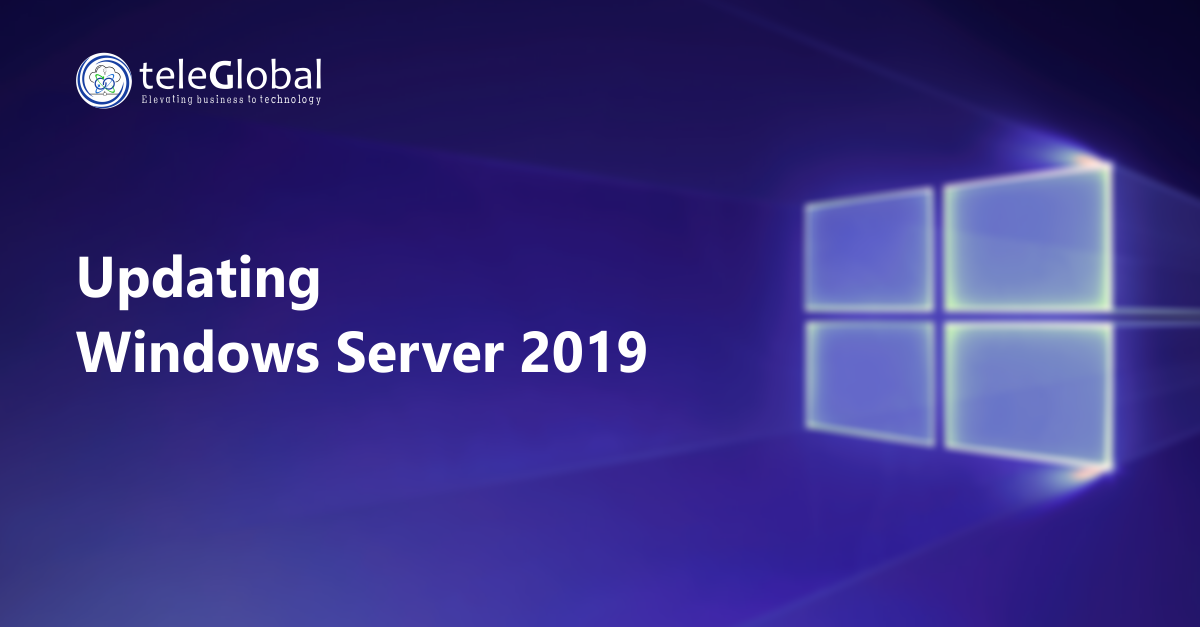
Updating Windows Server 2019 is critical for security and stability. Microsoft releases patches, features, and cumulative updates. Applying them keeps servers secure and performing well.
This case study explains how we handled Windows Server 2019 updates using WSUS.
Our servers needed regular patching. Manual updates were slow and inconsistent. Some servers missed security fixes. This created risks.
We aimed to manage updates using WSUS. The goal was simple: approve, deploy, and monitor updates from one place.
WSUS is a tool that downloads updates from Microsoft Update and stores them locally. We used the WSUS console to review and approve patches. Only approved updates reached production servers.
The WSUS server synced with Microsoft Update. This ensured the latest security patches and Windows Server 2019 cumulative updates were always ready.
We configured Group Policy for all Windows Server 2019 systems. This made servers check WSUS for updates instead of Microsoft directly. Every server followed the same update rules.
After setup, we triggered updates on the servers. Approved patches installed smoothly. If restarts were needed, we scheduled them in maintenance windows. Business operations stayed unaffected.
The process gave us clear benefits:
We also tested updates on non-production servers first. Only after success did we roll them into production. This reduced risk.
Updating Windows Server 2019 keeps systems safe, stable, and efficient. Using WSUS improved control and reliability. Group Policy made patching consistent.
Regular Windows Server 2019 updates close security gaps and improve performance. Scheduling downtime ensures smooth operations.
Every business running Windows Server 2019 should prioritize structured updates. With WSUS, patching is simple, controlled, and reliable.
 close
close

Hi there! At TeleGlobal, we turn your cloud vision into AI-accelerated reality. What challenge can we help you solve?
Powered by ![]() teleBot
teleBot